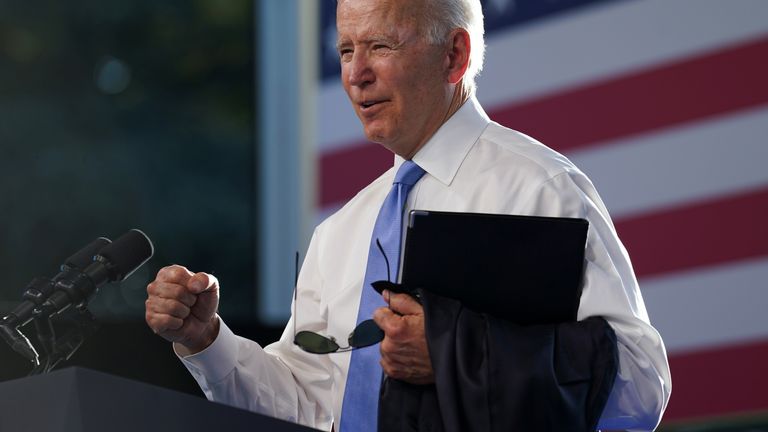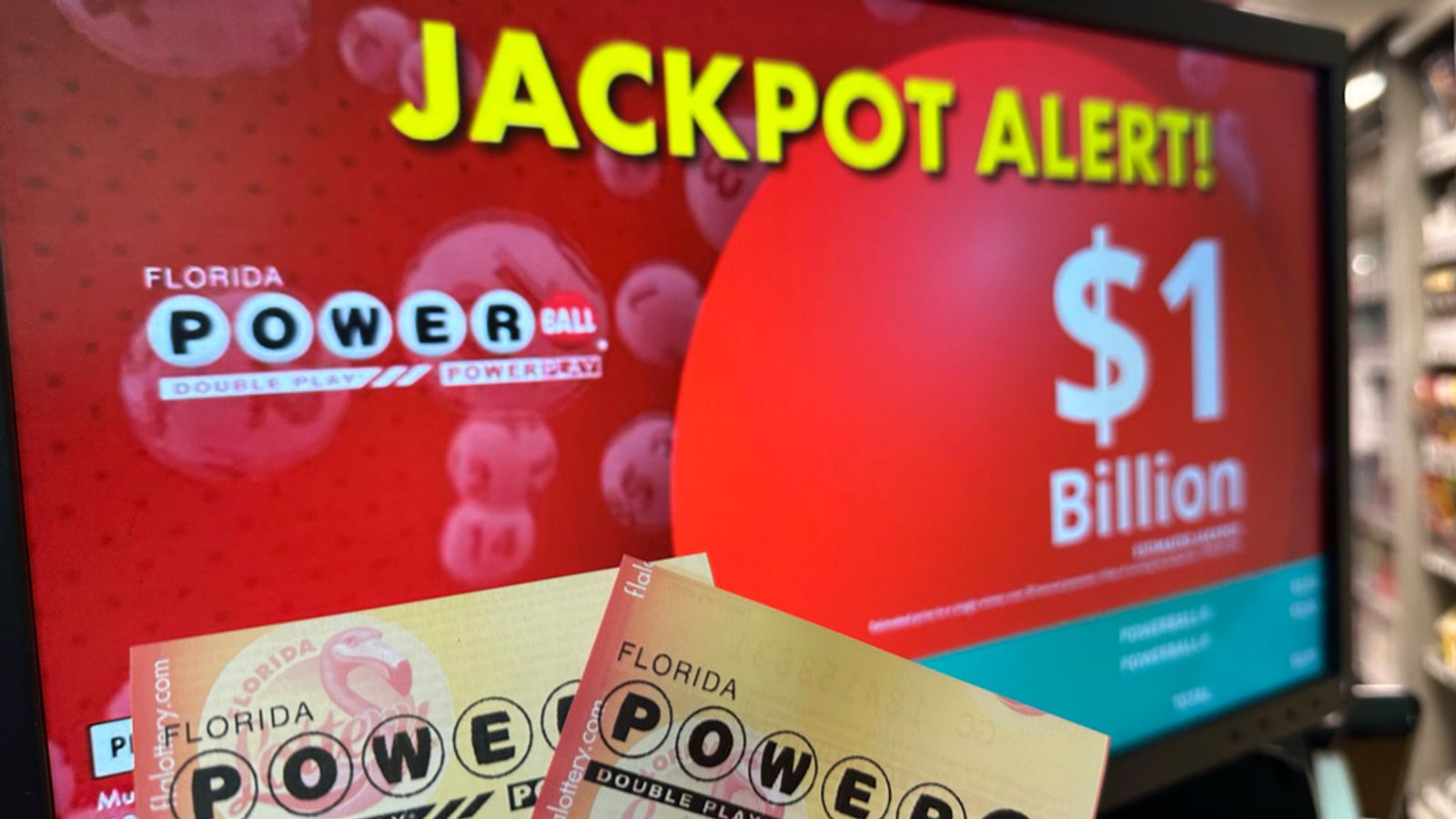There are moments when dull is good. This was one of them.
It was clearly a big and important meeting – the first face-to-face encounter between Joe Biden as US president and Russian counterpart Vladimir Putin.
And with relations back nearing Cold War levels (they had both conceded as much) a tête-à-tête was needed.
Given the state of things and the context of the unpredictable diplomacy of Donald Trump, the possibility of a diplomatic incident was there.
Indeed when news filtered out that there had just been two sessions, not the three that were planned, and that the meetings had ended ahead of schedule, we wondered: Was this a sign that talks had broken down?
We were hastily called into the first of the two news conferences – the Russian one.
Mr Putin’s foreign minister Sergey Lavrov arrived in the room, a sign that his boss would soon follow. Did he look downbeat, angry? I couldn’t tell.
But then President Putin took to the podium.
Within moments he had announced the nations’ respective ambassadors would be reinstalled in their host capitals.
This represents the beginning at least of the resumption of the mechanics of diplomacy. An achievement.
Then came further positive language.
Mr Putin’s “overall assessment” was that there was “no hostility”.
“On the contrary, our meeting took place in a constructive spirit. Both sides expressed intention to understand each other,” Mr Putin said.
On cyber security, he said: “We agreed on consultations in this respect.”
They may just be words but they are valuable in a relationship so strained.
The Russian president revealed the two leaders talked about their families. “It shows his qualities and moral values,” the translator quoted Mr Putin as saying.
There were clearly more tense exchanges in their meetings. Mr Biden had, the Russian president revealed, brought up human rights and the case of opposition leader Alexei Navalny.
Here, Mr Putin deflected, with a spot of ‘whataboutism’, drawing comparisons with the jailed protesters from the January storming of the US Capitol in Washington DC and the enduring existence of the Guantanamo Bay detention centre.
President Biden watched all this on screens from another corner of the park on the shores of Lake Geneva before taking to his own podium.
And again, the language was positive.
It wasn’t, Mr Biden said, a “kumbaya moment”. No hugging or anything but “when was the last time two heads of state talked for two hours?”
There is, he said “no substitute for face-to-face dialogue. We share a responsibility between two strong and powerful countries. I told him I am not against Russia or anyone else. I’m for the American people”.
He said he had delivered three key points. First, practical measures to advance mutual interests, second, the importance of communication, and third, the ability to lay out US values.
The “tone was good”. The talks were “positive”. There “wasn’t any strident action taken… Where we disagreed we stated it”. Nothing was done in a “hyperbolic way”.
But neither leader was remotely effusive. After all, their world views are profoundly different and there was never any expectation that would change with this meeting.
It was about creating a more stable, predictable relationship where they can at least understand and control their disagreements as well as the fallout.
“This is not about trust. This is about self interest and verification of self interest,” Mr Biden said.
They had always played down this meeting as just the first stage of rebuilding dialogue.
And it was precisely that. There was no Trump-style drama, no diplomatic moments.
A little dull then, but that’s no bad thing for a relationship which can be so perilous.








